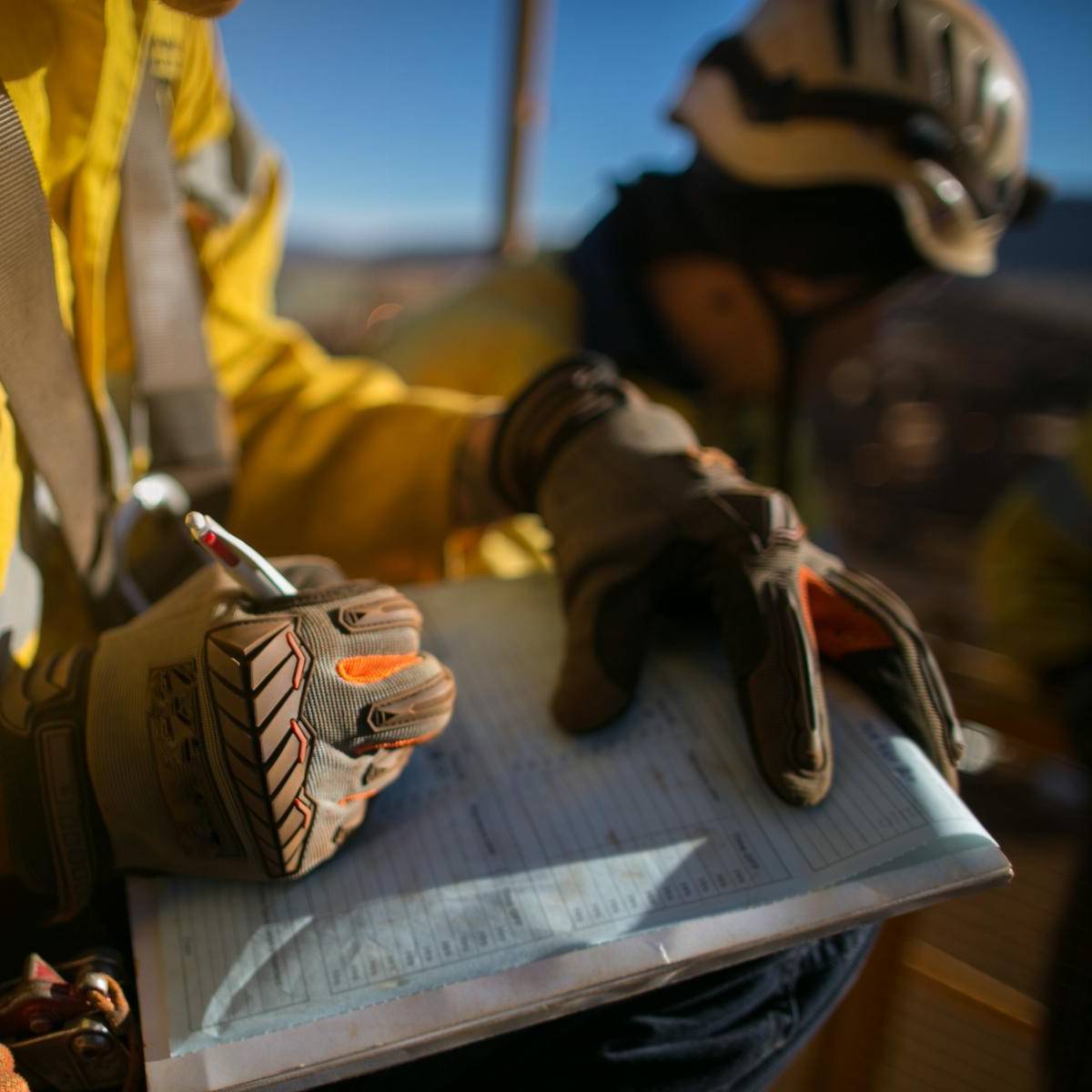Mobile Mining Equipment Capabilities
- Dragline structural audits
- Dragline gear audits
- Shovel ring gear and pinion audits in compliance with ASTM E2905
- Shovel structural audits: Boom inspections. pins, structural anchors as well as A-Frame points
- Carbody weld inspections
- Hoist drum audits
- Track and side frame inspections
- Drill mast inspections as well as hoist anchor pins etc
- Advanced Crack Detection without removing any coatings
- Onsite OTR Wheel & Rim Inspections and Certification
- OEM & Aftermarket Parts; new and used
- Lubrication audits
Rope Shovel Lightweight Suspension Ropes
- Safety in rope handling greatly enhanced
- 90% less weight than steel
- 2 to 3 times longer life span than steel
- Virtually no maintenance
- 35% more shock load forgiving
As well as inspections and audits we offer:
- Shovel and Drill Consultations that include PM optimization
- Shovel and Drill cost per hour enhancements
- Life cycle optimization on components
- OEM alternatives for repair and component rebuilds
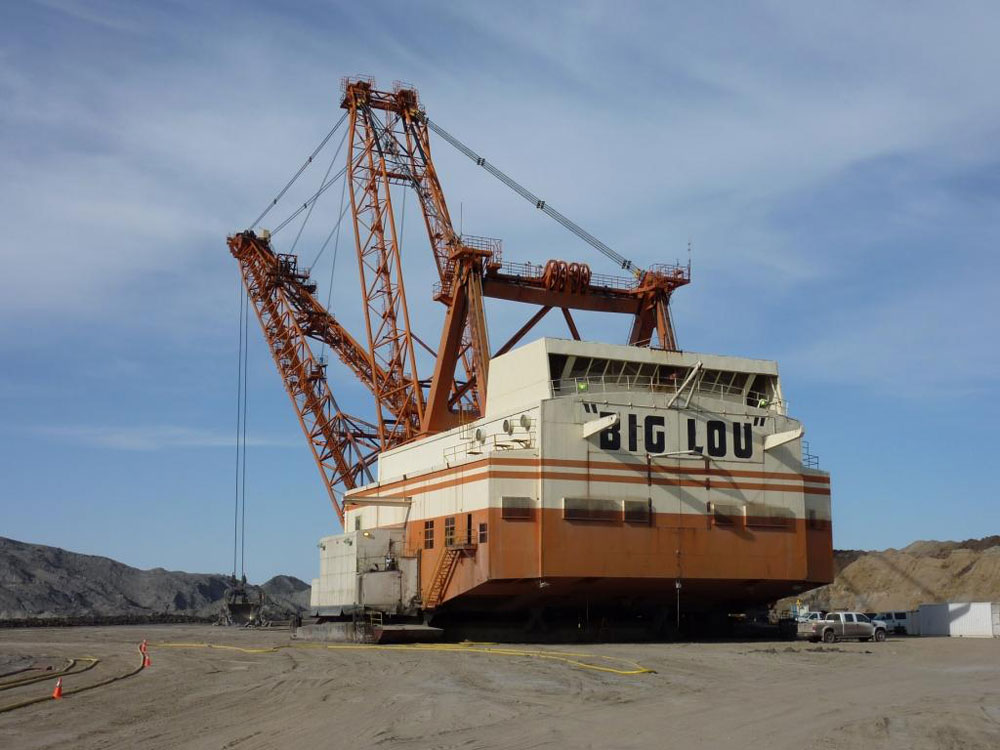
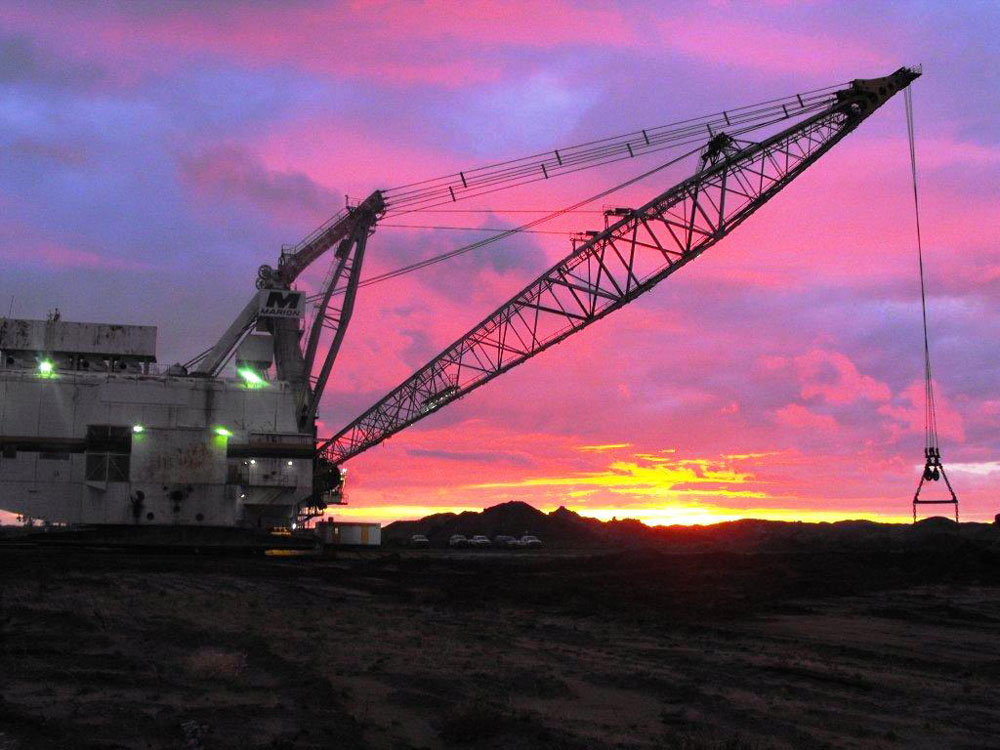
Gear Audits for Draglines Utilizing ASTM E2905
To understand operational and production behavior of operational machinery, a robust data collection and examination process must be established. This data collection and examination process forms part of an integral part of an effective overall Reliability Centered Maintenance Program (RCM). This process is commonly known as Condition Based Monitoring (CBM). Analysis of the data collected over time, often referred to as “trending”, may show a pattern signifying developing issues. The objective is to identify and closely monitor any developing issues, before it negatively affects the performance of the critical gear unit due to unscheduled downtime (best case) or a catastrophic failure (worst case).
ASTM E2905 used for gear audits on draglines provides electromagnetic methods for preparation and examination of gear teeth on dragline gear drives, particularly on the addendum, dedendum, and root areas. This method addresses the need to detect surface breaking flaws electronically and to have the ability to accurately size any surface breaking cracks found on cast and forged dragline gear drives faster and more effectively than other methods.
ASTM E2905 is cleaner, faster, documentable, covers a larger area in less inspection time and greatly improves Probability of Detection than any other traditional Non-Destructive Testing methods today for gearing applications.
The principal advantages of ASTM E2905 are – not only can the discontiuities be charaterized, they can also be sized accurately faster and more effectively than other inspection methods. The whole gear flank, including the root can be scanned in one pass.
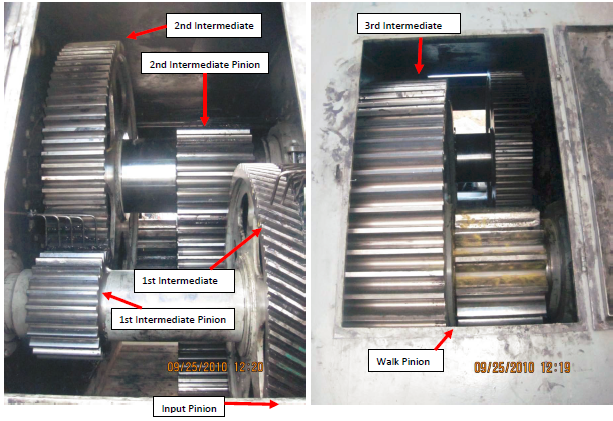
Summary on Current Suspension Rope Monitoring
To understand the current Radiography (RT) method for examining suspension ropes compared to the proposed proven technology using Guided Wave (GWT) method, we have to review the detail of both methods.
1. Current Radiography Method
Typically, a dragline operator will request a RT examination on their suspension ropes as required or some cases on a regular basis. This consists securing a crane and an eight to twelve hour maintenance day on the dragline. Some operators fabricate platforms on top of the boom and mast to allow easier access and eliminate the use of a crane for the RT technician to gain access to the area of examination.
There is a discrepancy in pricing between various jurisdictions in North America. These discrepancies are due to the level of RT examination being performed. The examinations completed in eight to twelve hours consist of examining the first foot of the rope coming out of the socket with only one shot consisting of the length of the film used. Examination of wires inside the socket is impossible and a full cross-sectional examination is not achieved. Typically each shot takes forty-five to sixty minutes. This explains why pricing and examination time seems economical and efficient. However, there is evidence that wires in suspension ropes can also break in the 2 – 3 foot area from the socket.
Correct procedures for examining wire rope, involves two shots, 900 from each other. This ensures a full cross-sectional examination. Iridium-192 source (Ir-192) is typically used on suspension ropes as it can be easily transported, but is only recommended up to 2.75” diameter. Ir-192 is effective up to a 3” thickness. For example, if examination entails a 3” diameter rope and Ir-192 is utilized, the “shot time” increases dramatically and results are marginal. This is why the common comment is “I can’t read the film or determine exactly how many broken wires are on the rope”.
Cobalt 60 (Co-60) should to be used as it is effective up to a thickness of 7.5”. Using Co-60 on the same rope would be approximately 60% less “shot time”.
The handling factors of these two sources is the reason for choosing which source should be used for examining ropes. The Ir-192 configuration is easily transported, weighting 52lbs. This is main reasons Ir-192 is used for suspension rope examinations. The Cobalt 60 configuration weights approximately 600 pounds, making it a lot more cumbersome to handle.
2. Proven New Method – GWT
Reviewing the proposed technology for examining suspension ropes, it provides much greater coverage compared to Radiography. Not only can the wires in the socket be examined, full cross-sectional coverage is achieved and the rope can be examined up to fifteen feet out from the socket. This method will also distinguish between nicks in wires and broken wires. This greatly enhances determining the life cycle of the rope. Radiography cannot achieve this.
For access, once the sensors are installed, there is no need to shut down the dragline to collect data. Data can be collected on short notice with no interruptions. All data is electronically archived for future trending. In situations where ropes are showing signs of end of life, numerous examinations are easy. There are no safety considerations as in Radiography.
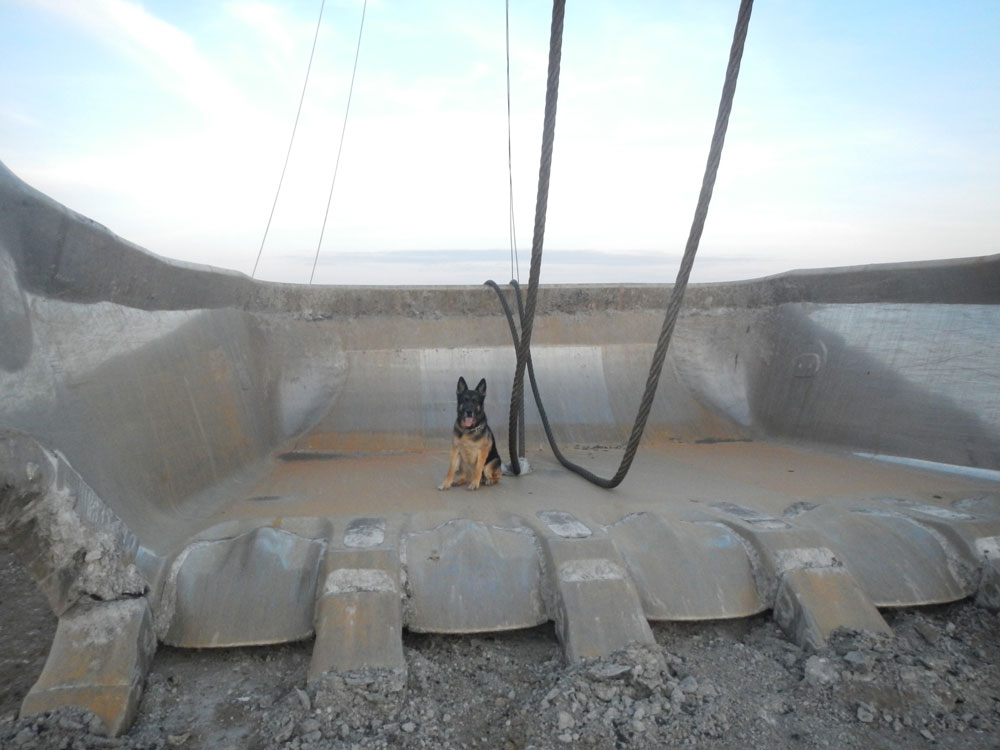
Current Radiographic Examination comparison to Guide Wave Technology
| lr-192 | Co-60 | GWT | |
|---|---|---|---|
| Length of examination area – (for X-Ray it is the length of the film) | 14″ | 14″ | 180° |
| Cross-sectional coverage of rope | 60% | 75% | 100% |
| Examination time for 4 ropes – in hours | 8 | 8 | 0.5 |
| Data electronically archived | no | no | yes |
| Examination of wires inside the socket | no | no | yes |
| Determine nicket wires from boken wires | no | no | yes |
| Safety Issues with method | lots | lots | none |
| Handling issues of equipment | some | lots | marginal |
Conclusion
The final decision of method used relies solely on the dragline operator. If upfront price is the only consideration, then the current RT method is the choice. If the operator requires a full analysis of their suspension ropes then the GWT method should be utilized. Cost factors such as shut down time and organizational processes that must be in place for radiography are also part of the cost / benefit equation.


